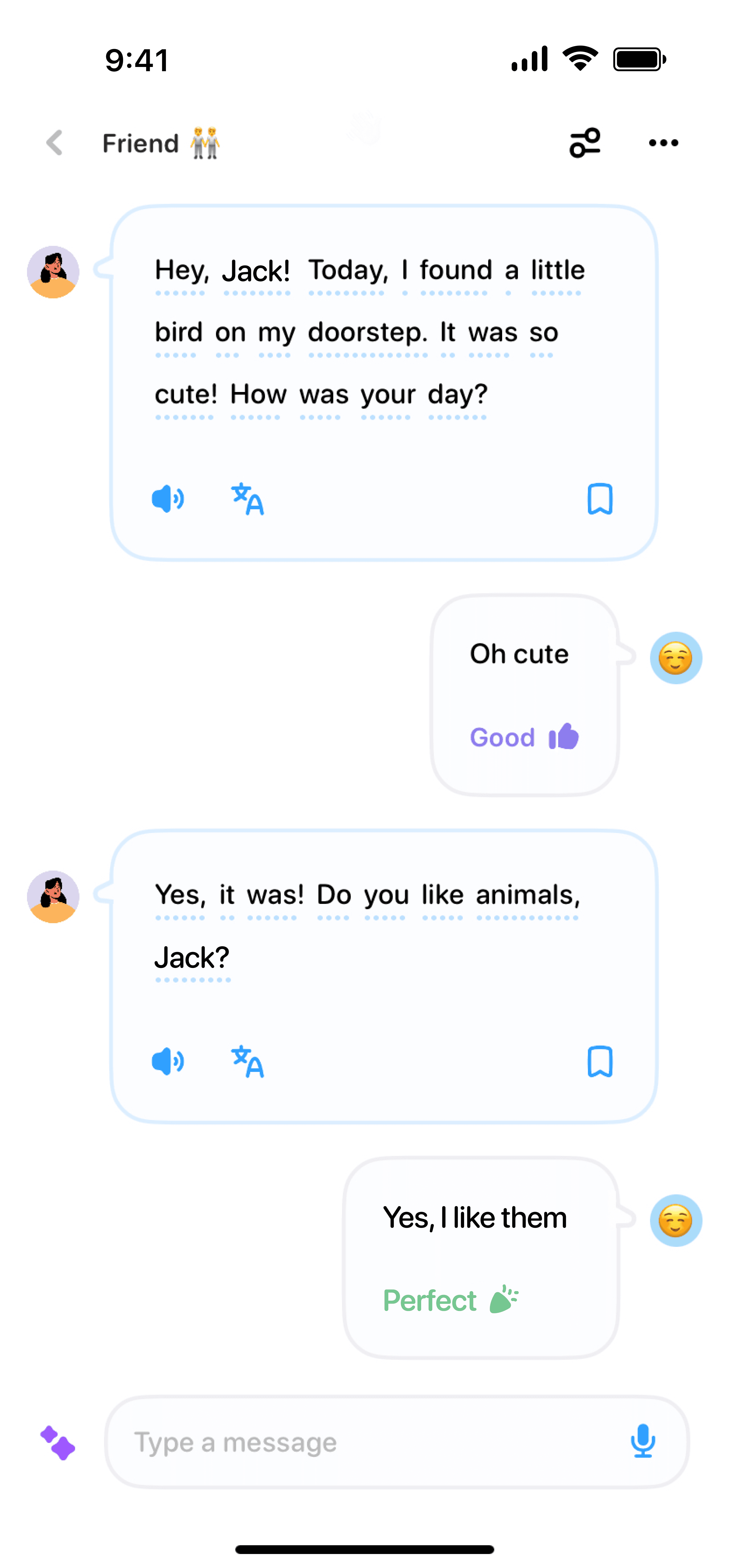06/11/2024
·
Emma Robbie
Are you eager to learn Spanish in 30 days? Whether you want to travel to a Spanish-speaking country, connect with native speakers, or simply expand your language skills, this guide will help you fast-track your Spanish learning journey. By following these steps, you’ll be surprised at how much you can achieve in just a month!
Daily Commitment: The Key to Success
Consistency is crucial when learning a new language. To make significant progress in 30 days, dedicate at least 30–60 minutes each day to studying Spanish. Here’s a breakdown of how to allocate your time effectively:
Vocabulary: Spend 10–15 minutes daily on vocabulary. Flashcards or apps like Duolingo and Memrise can be very helpful.
Grammar: Dedicate 10–15 minutes to learning grammar rules. Use resources like textbooks or websites like StudySpanish.com.
Listening and Speaking: Allocate 10–15 minutes for listening to Spanish podcasts, songs, or news. Practice speaking with language exchange partners or through language apps like Tandem.
Reading and Writing: Spend 10–15 minutes reading simple Spanish texts and writing short paragraphs. Websites like Readlang can aid in this process.
Week 1: Build a Strong Foundation
Focus on Pronunciation
Correct pronunciation is the foundation of effective communication. Start by familiarizing yourself with the Spanish alphabet and common sounds. YouTube has excellent pronunciation tutorials. Practice repeating words and phrases until they sound natural.
Learn Basic Phrases
Begin with essential phrases like greetings, introductions, and common questions. Phrases like “¿Cómo estás?” (How are you?) and “Me llamo...” (My name is...) will be your starting point.
Week 2: Expand Your Vocabulary
Daily Objects and Activities
Focus on learning vocabulary related to everyday objects and activities. Think about words you use frequently in your daily life and find their Spanish equivalents. Practice these words in sentences to better understand their usage.
Use Flashcards and Apps
Flashcards are an excellent tool for memorization. Apps like Anki or Quizlet allow you to create personalized flashcard sets. Daily repetition will help these words stick in your memory.
Week 3: Dive into Grammar
Present Tense Verbs
Understanding verb conjugations is essential for constructing sentences. Start with the present tense, which is the most commonly used. Focus on -ar, -er, and -ir verb endings and practice with regular verbs.
Basic Sentence Structure
Learn how to frame simple sentences. Start with the subject-verb-object (SVO) structure and gradually introduce adjectives and adverbs. Practice creating sentences using the vocabulary learned in the previous weeks.
Week 4: Practice, Practice, Practice!
Engage in Conversations
Practice speaking with native speakers or fellow learners. Language exchange platforms like Tandem and HelloTalk are excellent for finding conversation partners. Even short daily conversations can dramatically improve your fluency.
Immerse Yourself
Consume as much Spanish media as possible. Watch movies, listen to Spanish music, and follow Spanish-speaking YouTubers. Immersion helps you pick up the natural rhythm and flow of the language.
Final Tips to Keep You Motivated
Set Realistic Goals
Set achievable, short-term goals for each week. Celebrating small victories will keep you motivated throughout the month.
Track Your Progress
Keep a journal to track your progress. Write down new words, phrases, and grammar rules you’ve learned. Reflect on what you’ve accomplished weekly.
By following this structured approach, you’ll be amazed at how much Spanish you can learn in just 30 days. ¡Buena suerte!



